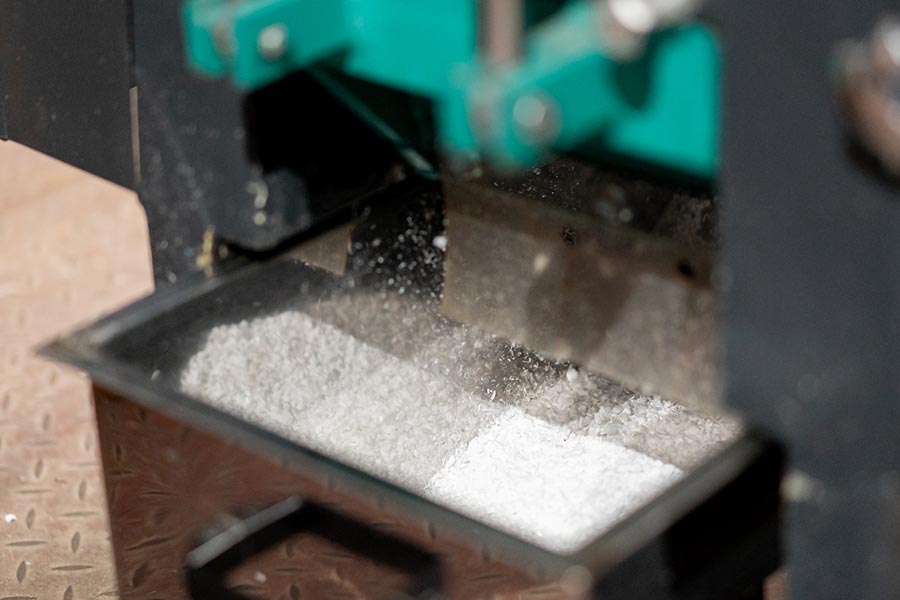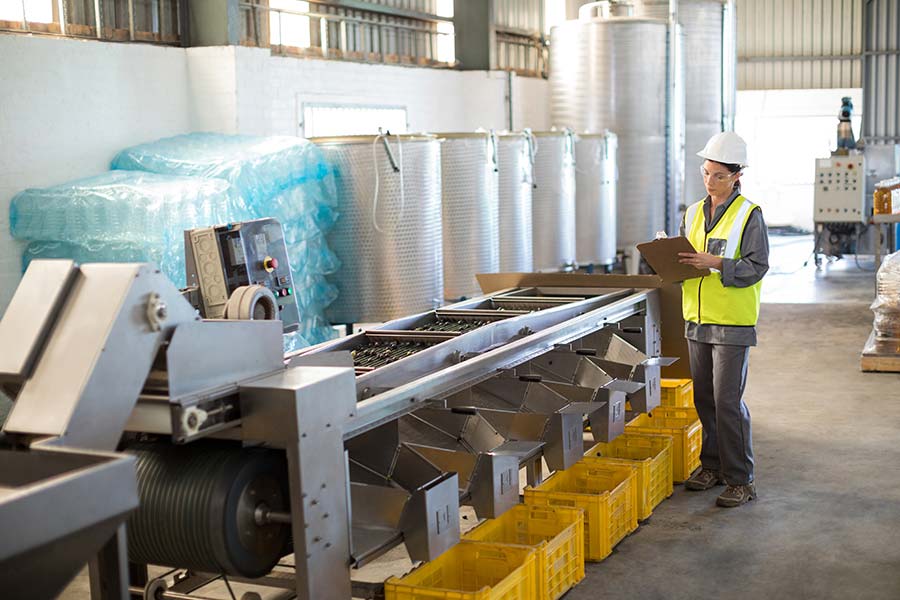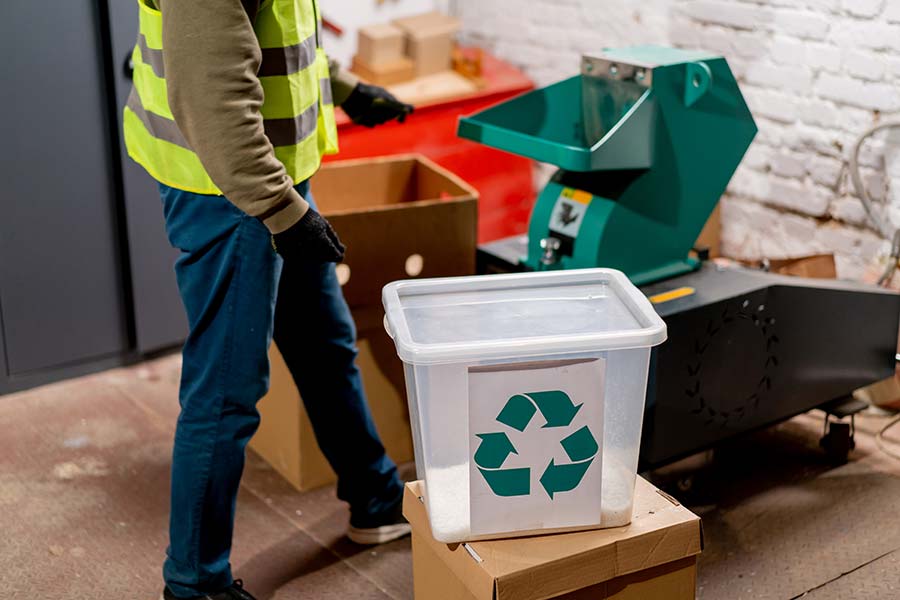Innovaciones en la maquinaria de clasificación de plásticos

En el mundo actual, el reciclaje de plásticos se ha convertido en una necesidad imperiosa para mitigar el impacto ambiental de los residuos plásticos. En Replagar, estamos comprometidos con esta causa y hemos dedicado nuestros esfuerzos a desarrollar y mejorar la maquinaria de clasificación de plásticos. Las innovaciones tecnológicas están transformando la industria del reciclaje, permitiendo una mayor eficiencia y precisión en la clasificación y tratamiento de los plásticos.
La evolución de la tecnología en el reciclaje de plásticos
La tecnología ha sido un motor clave en la evolución del reciclaje de plásticos. Desde los primeros sistemas manuales hasta las soluciones automatizadas de hoy en día, cada avance ha permitido manejar mayores volúmenes de residuos y mejorar la calidad del material reciclado.
En Replagar, hemos seguido de cerca estos desarrollos y hemos integrado las últimas tecnologías en nuestras máquinas para asegurar que nuestros clientes reciban lo mejor del mercado.
Sistemas de clasificación automática: Mejorando la eficiencia y la precisión
Una de las áreas más emocionantes de innovación en el reciclaje de plásticos es la clasificación automática. Utilizando sensores ópticos avanzados y algoritmos de procesamiento de imágenes, estos sistemas pueden identificar y separar diferentes tipos de plásticos con una precisión asombrosa. Esto no solo mejora la pureza del material reciclado, sino que también reduce los costos operativos al minimizar la intervención manual.
El papel de las tecnologías fotónicas en la clasificación de plásticos
Las tecnologías fotónicas, como la espectroscopía de infrarrojo cercano (NIR) y la fluorescencia de rayos X, están revolucionando la clasificación de plásticos.
Estas tecnologías permiten la identificación rápida y precisa de diferentes tipos de plásticos, incluso aquellos que son difíciles de distinguir a simple vista.
En Replagar, hemos incorporado estas tecnologías en nuestras máquinas para ofrecer soluciones de clasificación que superan las expectativas de nuestros clientes.
Inteligencia artificial: Un cambio de paradigma en el reciclaje de plásticos
La inteligencia artificial (IA) está marcando un antes y un después en el reciclaje de plásticos. Al analizar grandes volúmenes de datos y aprender de patrones previos, los sistemas de IA pueden optimizar los procesos de clasificación de maneras que antes eran inimaginables.
Por ejemplo, pueden ajustar automáticamente los parámetros de clasificación en tiempo real para mejorar la eficiencia. En Replagar, estamos a la vanguardia de esta tendencia, implementando soluciones de IA en nuestras máquinas para ofrecer un rendimiento superior.
Innovación y excelencia en maquinaria para reciclaje de plásticos
En Replagar, nuestra misión es proporcionar soluciones de reciclaje de plásticos que sean tanto innovadoras como efectivas. Nos especializamos en la fabricación y montaje de maquinaria para plantas de reciclaje de plástico, ofreciendo un extenso catálogo que incluye tanto maquinaria nueva como de segunda mano. Cada una de nuestras máquinas está diseñada y fabricada para cumplir con los más altos estándares de calidad, asegurando un rendimiento óptimo en el tratamiento de residuos plásticos.
Casos de éxito y colaboraciones internacionales
Nuestro compromiso con la calidad y la innovación nos ha permitido colaborar con compañías de todo el mundo. Adaptamos nuestras soluciones a las necesidades específicas de cada cliente, produciendo maquinaria a medida según los requerimientos de sus pedidos. Gracias a esta flexibilidad y dedicación, hemos logrado numerosos casos de éxito, mejorando significativamente los procesos de reciclaje de nuestros clientes y contribuyendo a un futuro más sostenible.
Desafíos y oportunidades futuras en la clasificación de plásticos
A pesar de los avances significativos, la industria del reciclaje de plásticos aún enfrenta varios desafíos. La variabilidad en la composición de los residuos plásticos y la necesidad de desarrollar sistemas de clasificación más robustos y adaptables son algunos de los obstáculos que debemos superar. Sin embargo, estas dificultades también presentan oportunidades para la innovación.
En Replagar, estamos constantemente investigando y desarrollando nuevas tecnologías para enfrentar estos desafíos y mantenernos a la vanguardia de la industria.
Hacia un futuro sostenible con innovaciones en el reciclaje de plásticos
Las innovaciones en la maquinaria de clasificación de plásticos están cambiando radicalmente la industria del reciclaje, ofreciendo soluciones más eficientes y precisas.
En Replagar, estamos orgullosos de ser parte de esta transformación, ofreciendo maquinaria de última generación que no solo cumple con los estándares actuales, sino que también está preparada para los desafíos del futuro. A medida que continuamos desarrollando y mejorando nuestras tecnologías, estamos comprometidos a contribuir a un futuro más sostenible y limpio para todos.



